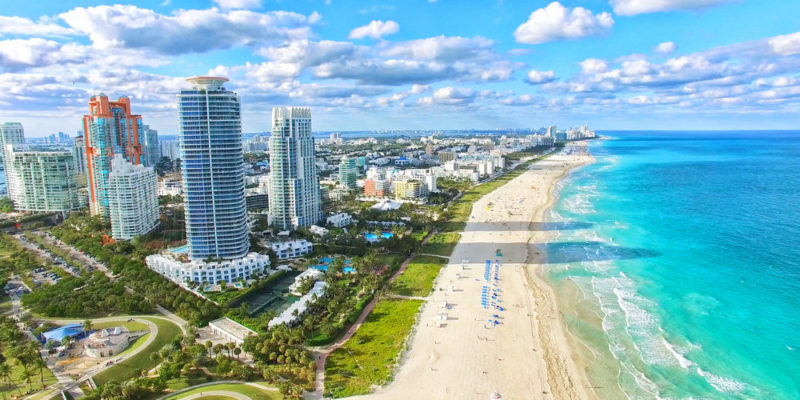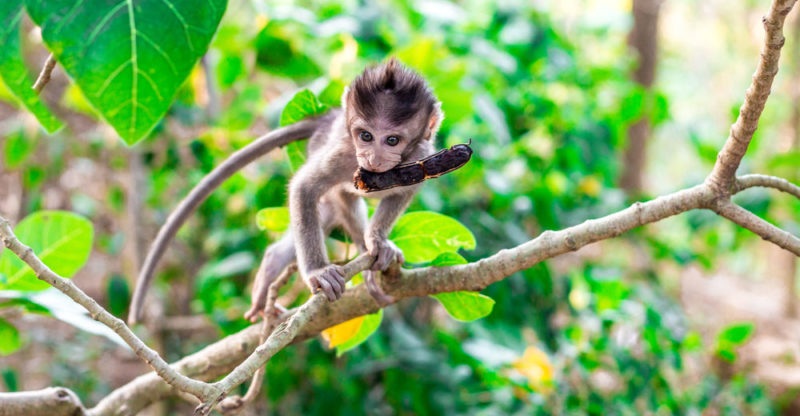We explain what hot weather is and its main characteristics. In addition, the flora and fauna typical of this climate, and more
What is hot weather?
The hot climate is a type of climate that presents high temperatures that do not vary in a contrasting way throughout the year. This climate is frequent in the regions near the equatorial line.
The warm climate can be subdivided according to the amount of rainfall, the distance from the equator, and how close / far it is to the tropics. As a consequence, the development of flora and fauna varies for each subgroup of warm climates.
Characteristics of the warm climate

Among the main characteristics of the warm climate, the following stand out:
- It takes place in regions close to the equator.
- The temperature throughout the year is quite constant.
- It has two seasons in the year, one dry and one wet.
- The development of flora and fauna is considerable, due to the climatic conditions that favor soil fertility.
- The average humidity is 70% and the average temperature is above 23º.
- There are light currents of hot air that usually move from southwest to northeast, capable of generating an increase in temperature and humidity.
- Precipitation ranges from moderate to abundant from season to season, with an annual average of 1,700 mm.
Types of hot weather
There are three types of warm climate:
- Equatorial climate. It takes place in the areas that are crossed by the equator line. It stands out for the constant rains throughout the year, caused by the contrast of warm fronts that replace the cooler air masses. The atmosphere tends to feel dense.
- Tropical climate. It has two seasons in the year, which are more defined than in the equatorial climate: a wet one with moderate rainfall and a dry one with almost no rainfall. This type of climate is more common on high ground or in mountain areas.
- Arid climate. It takes place in areas crossed by the tropics with vast extensions of land, such as steppes and semi-desert areas. Throughout the year rainfall is scarce. Vegetation and animal populations are low because climate conditions are not ideal for maintaining fertile soils.
Warm climate fauna

The fauna of the warm climate is characterized by being very abundant and the species vary according to the type of warm subclimate that is present. In the regions with a warm equatorial climate, insects, reptiles, and birds, among others, abound.
In the hot-arid climate, regions live beetles, snakes, spiders, scorpions, small rodents, and camels, among other animals that are able to tolerate the scarcity of water and vegetation.
Hot climate flora

The flora of the warm climate varies according to the climate subtype:
- Equatorial climate. It presents a wide variety of jungle-type vegetation, due to the presence of rivers and abundant rains.
- Tropical climate. It has abundant meadow-type vegetation, with perennial trees, that is, they do not lose their leaves in any season of the year and can withstand the season of little rain.
- Dry weather. It presents scarce semi-desert vegetation due to the scarce rains. It is characterized by plants capable of storing water inside for several months to withstand the constant periods of drought, such as shrubs, cacti, and small thorny trees, among others.
The above content published at Collaborative Research Group is for informational and educational purposes only and has been developed by referring to reliable sources and recommendations from technology experts. We do not have any contact with official entities nor do we intend to replace the information that they emit.














